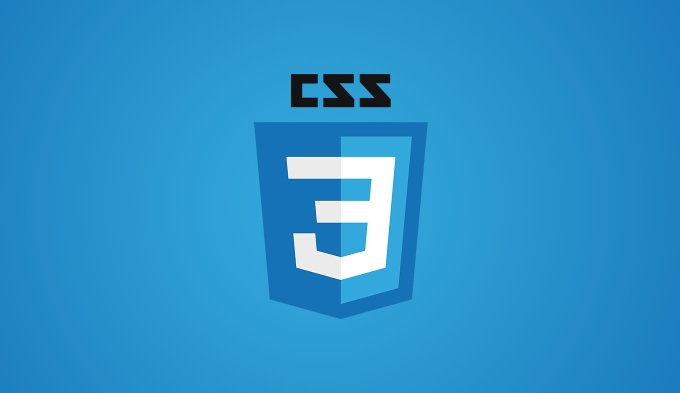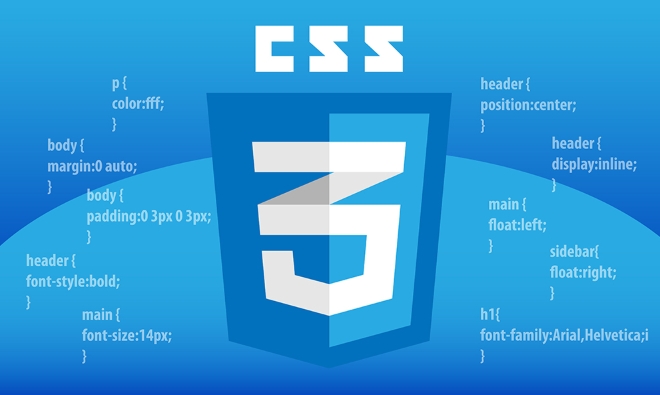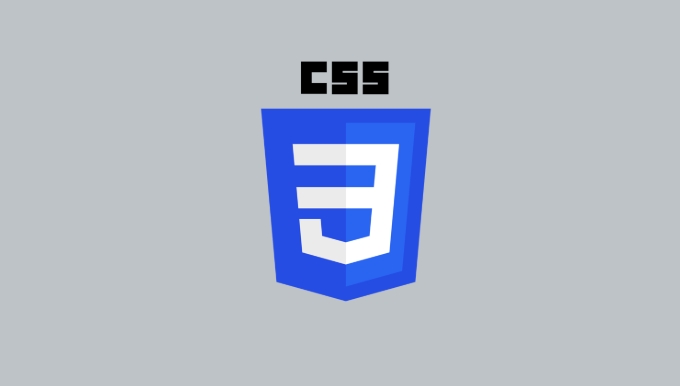The method to implement tooltip with pure CSS is: 1. Use nested HTML structures to wrap the trigger area and prompt content; 2. Use:hover to control the display and hide of child elements; 3. Use absolute positioning to set the prompt box position; 4. Add animation to improve the experience; 5. Pay attention to z-index and multi-directional adaptation. The specific implementation includes setting .tooltip as relative positioning, .tooltiptext is hidden by default, becomes visible when hover, and can be added to achieve fading and delay effects. At the same time, positioning in different directions is controlled through class names, but it should be noted that the effect of the mobile hover may be limited.

It is not difficult to implement a tooltip using pure CSS. The key is to understand several core CSS techniques. You don't need JavaScript to create a widget that displays content when you hover.

How to build tooltip with HTML and CSS structure
The basic idea is: wrap an element with an extra tag as prompt content, and then control its display and hiding through CSS. Common structures are as follows:

<span class="tooltip">Hoom me<span class="tooltiptext">This is a reminder</span> </span>
where .tooltip is the trigger area and .tooltiptext is the actual prompt text. The next step is to control when and how this child element appears.
The key to controlling display and hiding: hover positioning
The easiest way to interact in CSS is :hover , which can easily achieve pop-up effect with absolute positioning.

.tooltip {
position: relative;
cursor: pointer;
}
.tooltiptext {
visibility: hidden;
width: 120px;
background: #333;
color: #ffff;
text-align: center;
border-radius: 4px;
padding: 5px;
position: absolute;
z-index: 1;
bottom: 125%; /* Show above*/
left: 50%;
margin-left: -60px; /* horizontal center*/
}Then make it visible when hover:
.tooltip:hover .tooltiptext {
visibility: visible;
}This implements the basic version of tooltip. You can adjust the position as needed, such as lower, left or right.
Improve experience: add animation and delay display
It may be a bit abrupt when directly displaying it, and adding a fade-in animation will be more natural:
.tooltiptext {
opacity: 0;
transition: opacity 0.3s, visibility 0.3s;
}
.tooltip:hover .tooltiptext {
opacity: 1;
} If you want the mouse to be displayed after just moving it up, you can use transition-delay :
.tooltiptext {
transition-delay: 0.3s;
}But be aware that this method will affect the hiding speed, and it may be necessary to set the entry and departure delay separately to make it more reasonable.
Notes and tips
- z-index is important, make sure the tooltip appears on top of other content.
- If you want tooltip to appear in different directions, you can control the style by adding class names, for example:
-
.tooltip.top,.tooltip.right, etc., set differentbottom/leftvalues ??respectively.
-
- Mobile compatibility :
:hoverbehaves differently on touch screens. If you want to consider mobile device support, additional processing may be required or JS may be used.
Basically that's all. Using pure CSS to implement tooltip is not complicated, but pay more attention to details and you can achieve both practical and beautiful effects.
The above is the detailed content of Creating tooltips with pure CSS. For more information, please follow other related articles on the PHP Chinese website!

Hot AI Tools

Undress AI Tool
Undress images for free

Undresser.AI Undress
AI-powered app for creating realistic nude photos

AI Clothes Remover
Online AI tool for removing clothes from photos.

Clothoff.io
AI clothes remover

Video Face Swap
Swap faces in any video effortlessly with our completely free AI face swap tool!

Hot Article

Hot Tools

Notepad++7.3.1
Easy-to-use and free code editor

SublimeText3 Chinese version
Chinese version, very easy to use

Zend Studio 13.0.1
Powerful PHP integrated development environment

Dreamweaver CS6
Visual web development tools

SublimeText3 Mac version
God-level code editing software (SublimeText3)

Hot Topics
 How can I include CSS only on some pages?
Jun 11, 2025 am 12:01 AM
How can I include CSS only on some pages?
Jun 11, 2025 am 12:01 AM
There are three ways to selectively include CSS on a specific page: 1. Inline CSS, suitable for pages that are not frequently accessed or require unique styles; 2. Load external CSS files using JavaScript conditions, suitable for situations where flexibility is required; 3. Containment on the server side, suitable for scenarios using server-side languages. This approach can optimize website performance and maintainability, but requires balance of modularity and performance.
 Flexbox vs Grid: Understanding the Key Differences in CSS Layout
Jun 10, 2025 am 12:03 AM
Flexbox vs Grid: Understanding the Key Differences in CSS Layout
Jun 10, 2025 am 12:03 AM
Flexboxisidealforone-dimensionallayouts,whileGridsuitstwo-dimensional,complexlayouts.UseFlexboxforaligningitemsinasingleaxisandGridforprecisecontroloverrowsandcolumnsinintricatedesigns.
 Creating an Auto-Closing Notification With an HTML Popover
Jun 10, 2025 am 09:45 AM
Creating an Auto-Closing Notification With an HTML Popover
Jun 10, 2025 am 09:45 AM
The HTML popover attribute transforms elements into top-layer elements that can be opened and closed with a button or JavaScript. Popovers can be dismissed a number of ways, but there is no option to auto-close them. Preethi has a technique you can u
 What is 'render-blocking CSS'?
Jun 24, 2025 am 12:42 AM
What is 'render-blocking CSS'?
Jun 24, 2025 am 12:42 AM
CSS blocks page rendering because browsers view inline and external CSS as key resources by default, especially with imported stylesheets, header large amounts of inline CSS, and unoptimized media query styles. 1. Extract critical CSS and embed it into HTML; 2. Delay loading non-critical CSS through JavaScript; 3. Use media attributes to optimize loading such as print styles; 4. Compress and merge CSS to reduce requests. It is recommended to use tools to extract key CSS, combine rel="preload" asynchronous loading, and use media delayed loading reasonably to avoid excessive splitting and complex script control.
 How to use Lotties in Figma
Jun 14, 2025 am 10:17 AM
How to use Lotties in Figma
Jun 14, 2025 am 10:17 AM
In the following tutorial, I will show you how to create Lottie animations in Figma. We'll use two colorful designs to exmplify how you can animate in Figma, and then I'll show you how to go from Figma to Lottie animations. All you need is a free Fig
 Breaking Boundaries: Building a Tangram Puzzle With (S)CSS
Jun 13, 2025 am 11:33 AM
Breaking Boundaries: Building a Tangram Puzzle With (S)CSS
Jun 13, 2025 am 11:33 AM
We put it to the test and it turns out Sass can replace JavaScript, at least when it comes to low-level logic and puzzle behavior. With nothing but maps, mixins, functions, and a whole lot of math, we managed to bring our Tangram puzzle to life, no J
 External vs. Internal CSS: What's the Best Approach?
Jun 20, 2025 am 12:45 AM
External vs. Internal CSS: What's the Best Approach?
Jun 20, 2025 am 12:45 AM
ThebestapproachforCSSdependsontheproject'sspecificneeds.Forlargerprojects,externalCSSisbetterduetomaintainabilityandreusability;forsmallerprojectsorsingle-pageapplications,internalCSSmightbemoresuitable.It'scrucialtobalanceprojectsize,performanceneed
 Does my CSS must be on lower case?
Jun 19, 2025 am 12:29 AM
Does my CSS must be on lower case?
Jun 19, 2025 am 12:29 AM
No,CSSdoesnothavetobeinlowercase.However,usinglowercaseisrecommendedfor:1)Consistencyandreadability,2)Avoidingerrorsinrelatedtechnologies,3)Potentialperformancebenefits,and4)Improvedcollaborationwithinteams.






